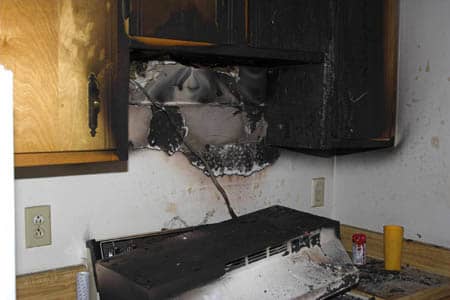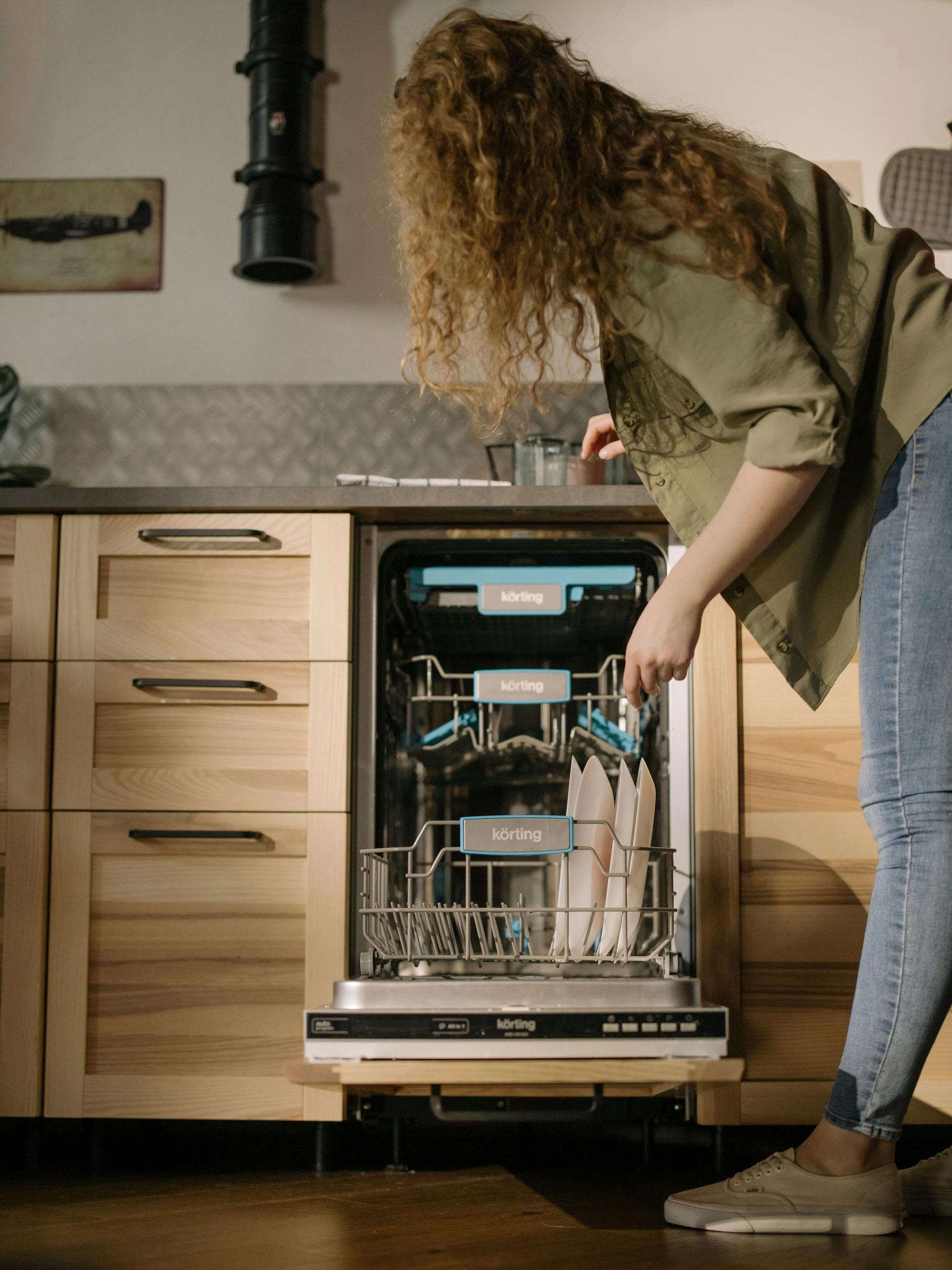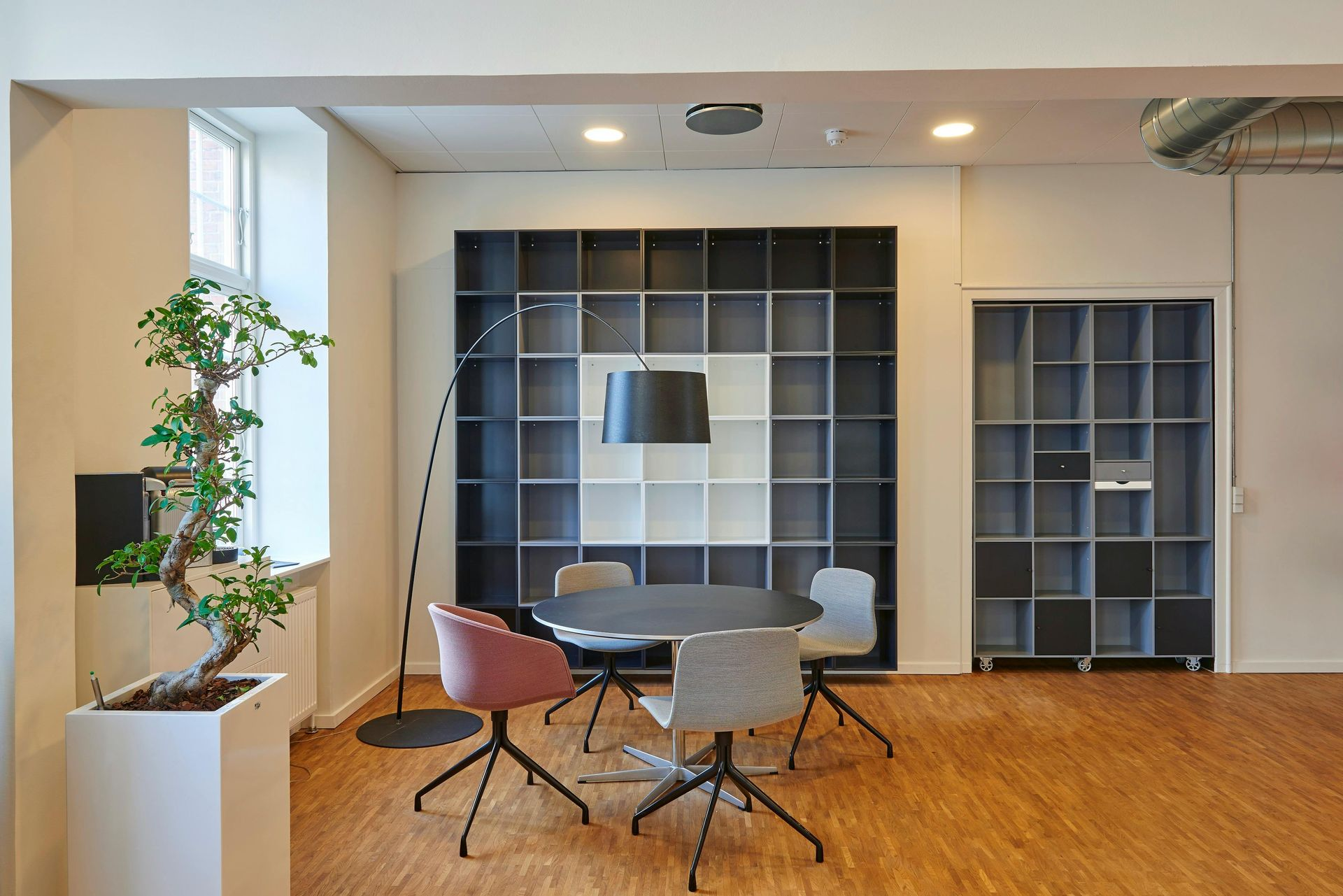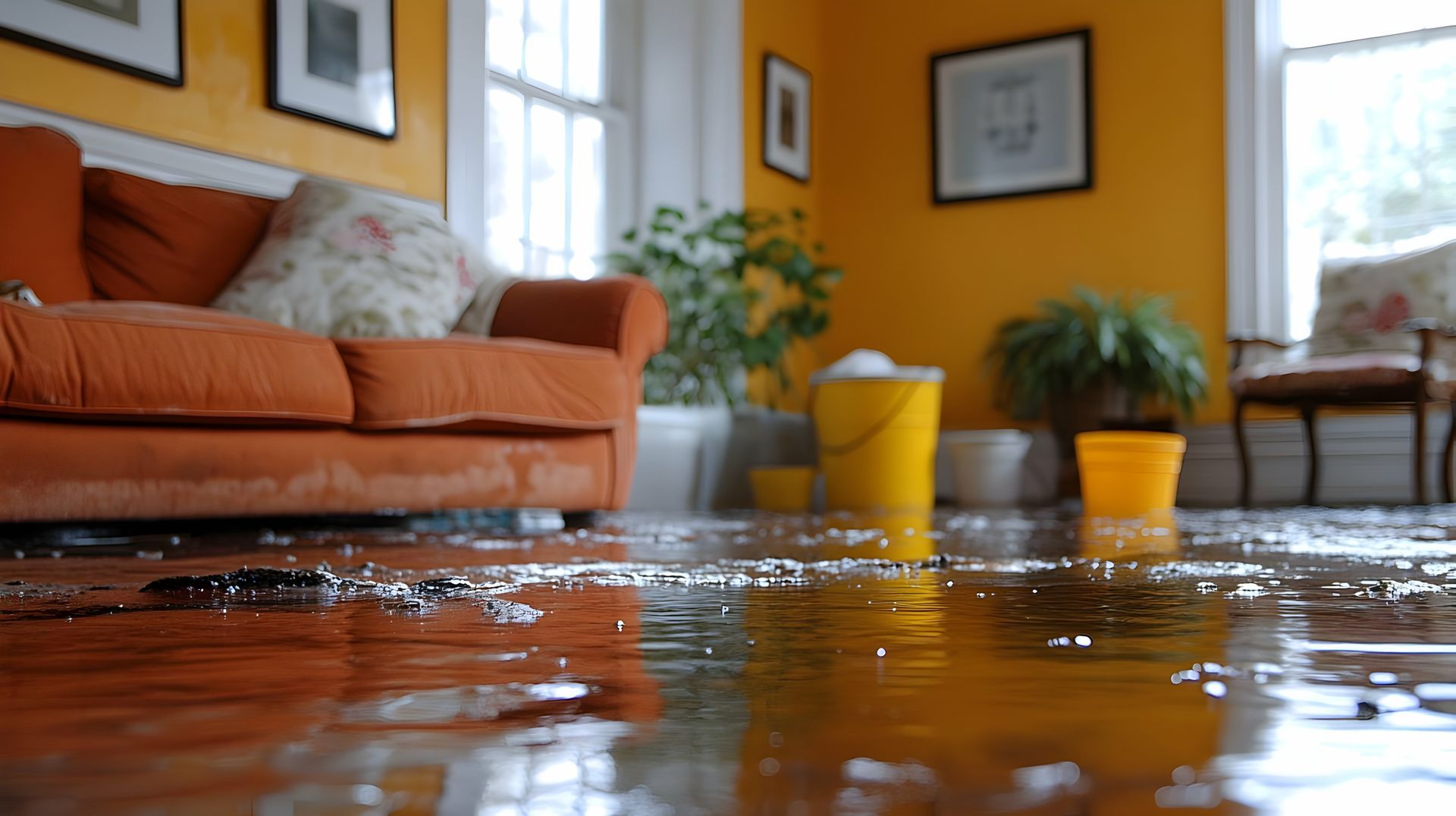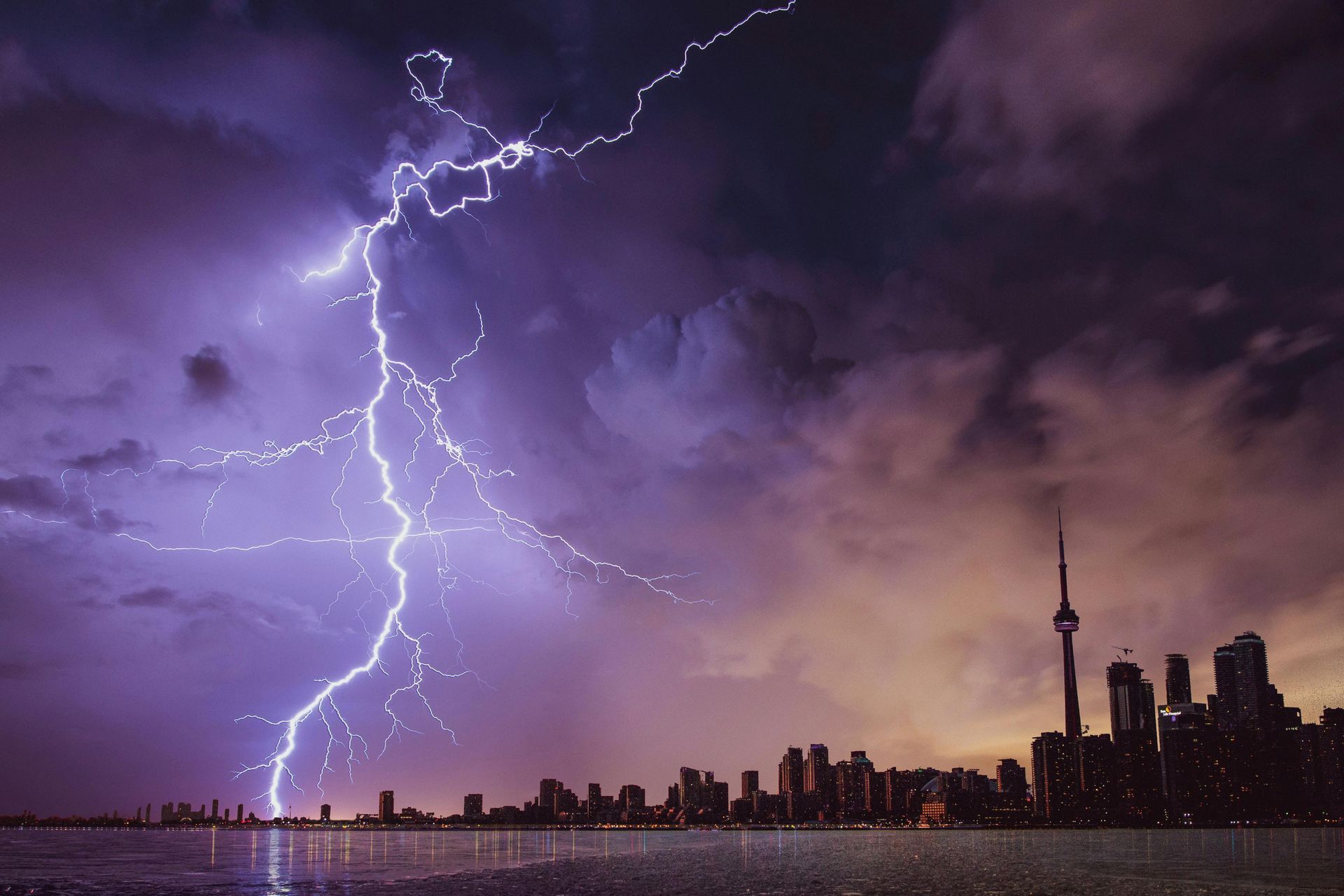Smoke and Soot Damage: Why It's More Harmful Than You Think
When most people think about the aftermath of a house fire, they picture charred walls, burnt furniture, and ruined belongings. But what's often overlooked—and potentially more harmful—is the lingering damage caused by smoke and soot. Even if a fire is contained in a small area, smoke, and soot can travel far beyond the flames, leaving behind toxic residues and odors that can threaten your property and health. We'll break down why smoke and soot damage is more serious than it might appear—and why professional cleanup is essential.
What Are Smoke and Soot?
Smoke is a mixture of gases and fine particles released when materials burn. It contains carbon monoxide, carbon dioxide, and various chemicals, depending on what was burned—wood, plastic, fabric, or synthetic materials.
Soot, on the other hand, is the black, powdery residue left behind by incomplete combustion. It clings to walls, ceilings, and surfaces and can even make its way into HVAC systems and behind walls.
The Hidden Dangers of Smoke and Soot
1. Respiratory Issues and Health Hazards
One of the most immediate and serious concerns with smoke and soot is the health impact. Tiny particles can become airborne and easily inhaled, causing respiratory problems—especially in children, the elderly, and those with pre-existing conditions like asthma. Soot may contain carcinogens and toxins such as formaldehyde, benzene, and toluene. Prolonged exposure, even after the fire is extinguished, can lead to coughing, shortness of breath, eye irritation, and long-term health issues.
2. Damage to Surfaces and Belongings
Smoke and soot are acidic. If not cleaned properly and promptly, they can permanently discolor walls, ceilings, and floors. Fabrics, upholstery, and carpets can absorb smoke odors and staining, sometimes beyond repair. Even metals can corrode when exposed to the chemicals in soot, and electronics are particularly vulnerable to internal damage from fine particles. What looks like minor residue can result in major losses if not addressed quickly.
3. Lingering Odors
Smoke odors can be extremely persistent. They seep into porous materials like drywall, wood, and insulation, making them hard to eliminate with basic cleaning. Without professional-grade equipment and deodorizing treatments, the smell of smoke can linger for months or even years.
4. HVAC Contamination
If your heating and air conditioning system was running during the fire, smoke, and soot likely entered the ducts. This allows the residue to circulate throughout the home, re-contaminating cleaned areas and extending the scope of damage.
Why Professional Cleanup Matters
DIY smoke cleanup often isn't enough. Simply wiping down surfaces or using air fresheners won't address the microscopic particles and deep-set residues left behind.
Professional fire damage restoration teams use specialized tools and techniques to:
- Remove soot safely without spreading it further
- Neutralize smoke odors at the molecular level
- Deep-clean HVAC systems and ductwork
- Restore damaged materials or advise on safe replacement
- Ensure the environment is safe for re-entry
- Trained technicians also understand the different types of smoke damage—wet smoke, dry smoke, protein smoke—and how to treat each one effectively.
Don't Wait to Act
The longer smoke and soot sit untreated, the more damage they can cause. Staining becomes permanent, odors embed more deeply, and health risks increase. Even if your fire seems small or isolated, it's worth getting a professional inspection to ensure your home is truly clean and safe.
Call a Professional
Smoke and soot damage might not be as visually dramatic as burned walls or scorched furniture, but they are often the most harmful elements of a fire. Their effects linger long after the flames are gone, and without expert remediation, they can continue to threaten your home and your health.
If you've experienced a fire, even a minor one, don't overlook the damage you can't see. Reach out to a certified fire damage restoration company to properly assess and clean your space. Peace of mind—and clean air—is worth it.

